The Eric Thal Way
Click to play the audio
My own introduction to the study of speech came in elementary school when I was one of only three students required to take weekly speech lessons. I was only seven, but there was enough concern by grown-ups that my speech was often not clear enough to be understood. Among the words I struggled with was my last name. Although I don’t remember specific instances, I imagine it must have been disheartening to say my name, and not be understood.
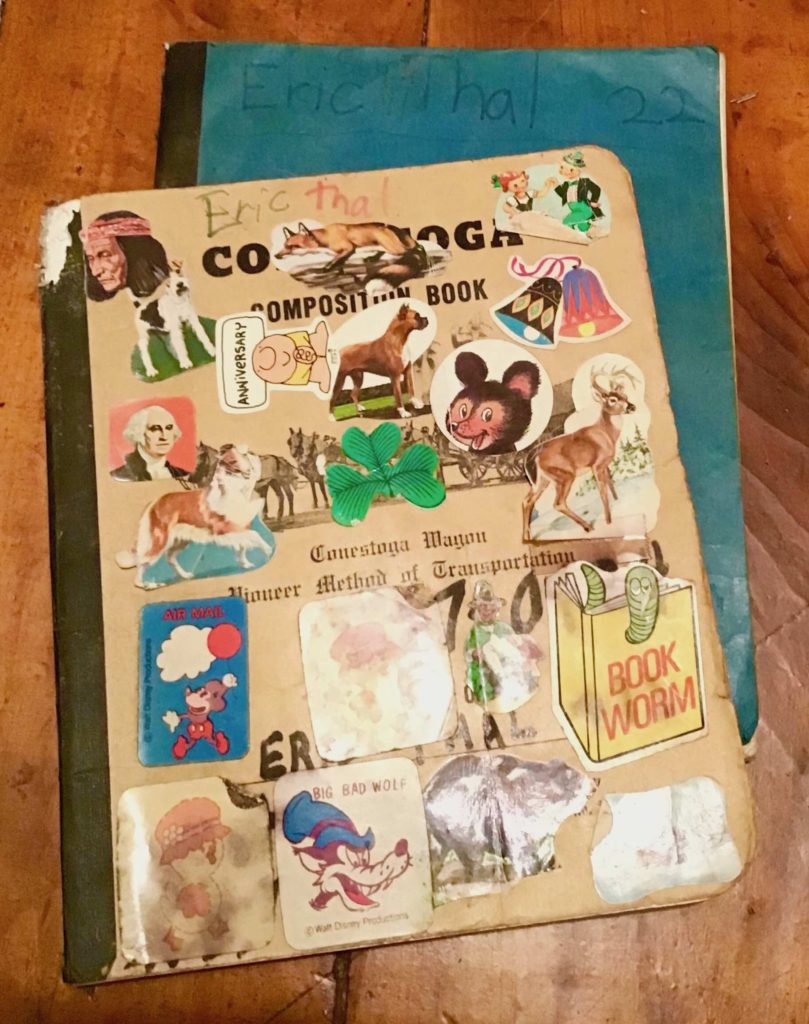

At the end of the school year, I was the only one of my class of three who had to return for another year of speech lessons. My parents must have braced me for the bad news, prepared for my disappointment in having to repeat a year of lessons. But actually I thought speech lessons were “kinda fun.”
In high school I became interested in acting and started taking group acting and improvisation classes on the weekends. In the last two summers of high school I studied acting in a very small class with just a few students. My teacher, Richard Brewer, invited one of his associates from the New York theatre world to come down and watch one of our classes. She was supportive and encouraging. In addition, she later conveyed to my teacher that “Eric must work on his speech.” She recommended a cassette tape and pamphlet called “Good Speech for the American Actor,” by Edith Skinner.
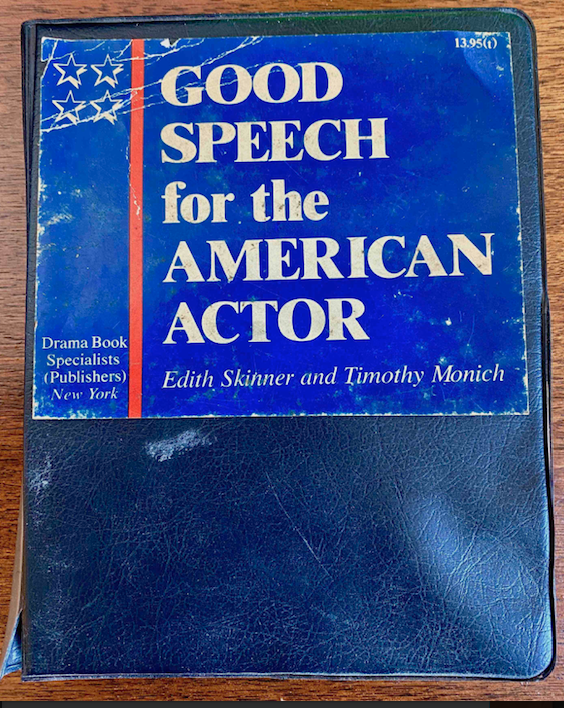
I acquired the tape and began listening to it and working on my speech.

Two years later I moved to New York and continued my study of acting and speech. After seven years in New York, studying acting but not having much professional work as an actor, I was given the opportunity to audition for a film called “Close to Eden,” to be directed by Sidney Lumet. Although I had no experience acting in film, after auditioning for the casting director, I was introduced to and read for Sidney Lumet himself.
Sidney was kind and encouraging of my acting. He said to me “you have some things that are wonderful for this role, and you have some things that are terrible for this role.” He went on to stress the importance of the culture and the “sound” of the character, Ariel, that I was reading for. He asked me to work on the material and come back to him and read again.
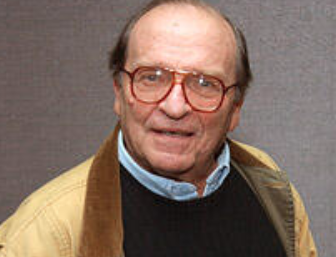
Sidney Lumet

Somehow, probably through the yellow pages, I located a dialect coach named Sam Chwat. I was a struggling actor, and money was tight, but this meeting with Sidney Lumet was the most important I had ever had. I scheduled an appointment with Sam. This was the first time I worked with a speech coach in this manner. He dissected the script, and showed me how slight changes in the pronunciation of consonants and vowels, as well as different intonations, created not only a different “sound,” but a different “character” as well. I worked with Sam one or two more times on that role. Anyone who ever knew or worked with him knows what a wonderful man he was. I bumped into him a few times on the street after that, and he let me know he had followed my career. He loved acting and he loved what he did.
Sam Chwat
I ended up being cast in “Close to Eden,” which was later retitled “A Stranger Among Us.” This was a major shift in my life, and the beginning of my professional acting career.
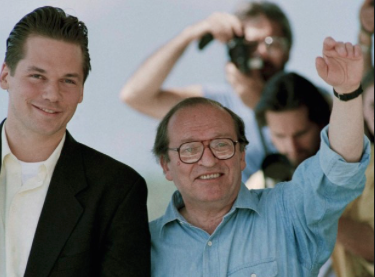
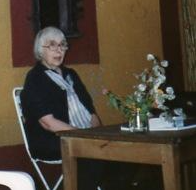
Becoming a working actor gave me the opportunity to invest further in my study of acting and speech. Among others I continued to work with acting teacher Ada Brown Mather, and started working with voice coach Bobby Troka. Playing roles in the film “Six Degrees of Separation” and the television show “Law & Order: Criminal Intent” gave me the opportunity to work with top dialect coaches Timothy Monich and Lilene Mansell. In addition to the enormous contribution these two experts have made coaching in film and Broadway productions, they co-authored the revised edition of Edith Skinner’s classic text, “Speak with Distinction.”
Ada Brown Mather
All this time I was living in New York City, with its melting pot of cultures and languages. I was fascinated by the beauty of different languages, and the sound of English spoken with different accents. I had many friends from different parts of the world, who spoke a variety of languages. I was always happy when they asked me to help them with their speech. Although I had only ever been a student of speech and never a teacher, I had good success in hearing sounds that were mispronounced, and explaining how to make the correct sounds. While I loved the sound of different accents, I also appreciated the desire of those who wanted to speak a language with precision, and always be clearly understood.


My shift into teaching took place in the early 2000’s when I answered an ad from a student looking for a volunteer to help with English pronunciation and accent reduction. We met in a coffee shop in Greenwich Village and I gave my first official lesson, answering my student’s questions, and explaining how certain sounds are made in Standard American English. After the lesson, my student thanked me and expressed that she had never been taught the way I taught her. She assured me that others from her school would be interested in studying with me.
As I left the coffee shop, a woman followed me out and stopped me. She had overheard the lesson and asked if she too could study with me. My student not only told her classmates, but to show her appreciation she placed an ad on a website describing the way I taught pronunciation. I soon began teaching more and more students. This was the beginning of my career teaching accent reduction and English pronunciation.
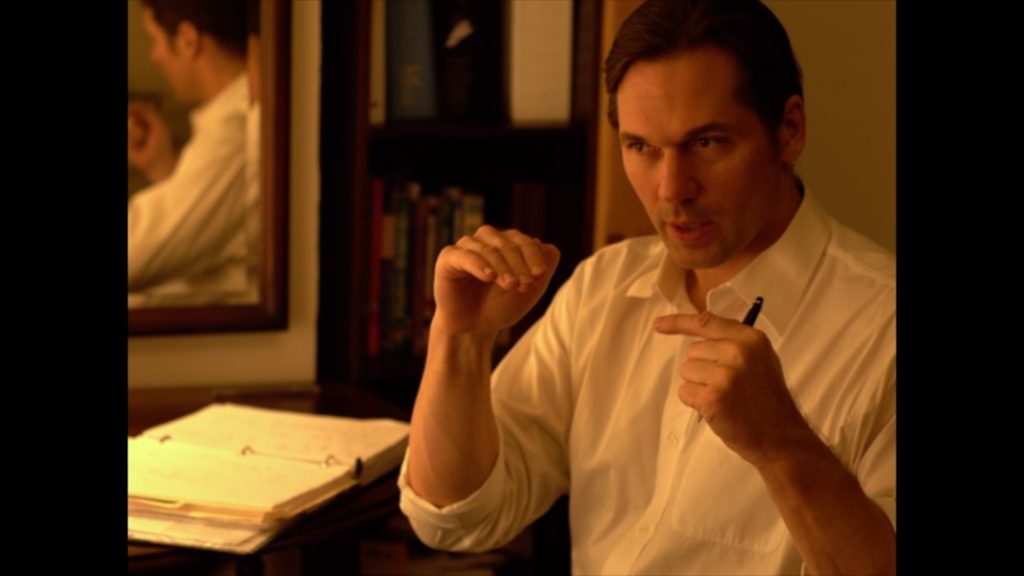

This course is the result of over 15 years working one on one with students from all over the world. One of the main things I’ve learned as a private coach is that while it is important to have an intellectual understanding of the concepts of accent reduction work and good speech, there is no substitute for drilling. Like learning to play a musical instrument, it is the doing that creates a true learning in the body.
The lessons in this course are straightforward. The bulk of the course is made up of drills. You must repeat the sounds and words out loud as you hear them.
It has been a fascinating and rewarding experience for me to work one-on-one with so many wonderful people from around the world. I thank each and every one of my students for their dedication, kindness, and support. I hope they have learned as much from me as I have learned from them.
The creation of this written and audio course took the better part of a year. While creating the course, especially the audio portion, I imagined the possibility of this material reaching more learners than I would ever be able to work with on a one-on-one basis. I hope you find the experience of working on this as educational, exciting, and rewarding as if we were working together in person. In certain ways, working with an audio recording has advantages over a session with a live coach: You can repeat the lessons as often as you want, and whenever you want. Do your best and see this course through to its completion. You’ll be glad you did.


This course is dedicated to my teachers, coaches, and all of the students with whom I have crossed paths over the many years. And it is dedicated to you, the many learners I hope to connect with through this course today and for years to come. Thank you.
Now, let’s begin.